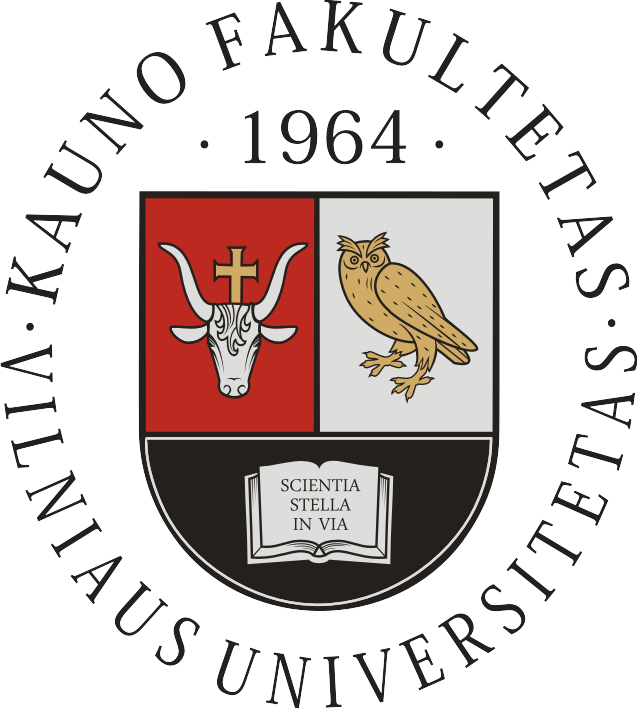Transformations in
Business & Economics
- © Vilnius University, 2002-2022
- © Brno University of Technology, 2002-2022
- © University of Latvia, 2002-2022
Article
R&D STRATEGY OF GENERAL-PURPOSE TECHNOLOGIES UNDER THE MULTI-AGENT PARTICIPATING MODE BASED ON DYNAMIC GAMES1
Feng Zhang, Junda Zhu, Guoxin Liu, Yu Wu, Lu Zhang
ABSTRACT. With the advancement of technological innovation, the technology competition among industries and enterprises has gradually shifted to the upstream of the technology chain, evolving from the competition of proprietary technologies in the marketing stage to the competition of general-purpose technologies (GPTs). However, the industry is constrained by the insufficient supply of GPTs and low supply efficiency. To investigate the optimal R&D strategy of GPTs, a master-slave game model of "leader-follower" enterprises was constructed with the Stackelberg game idea, and GPT R&D was classified into the enterprise-led mode, the university-institute participating mode, and the government participating mode. Then, the optimal choice, the optimal decision of cooperative R&D, and the optimal subsidy of the government were analysed under the three modes. Further, MATLAB simulations were used to verify the conclusions obtained from the mode analysis. Results show that the choice of the R&D organisation mode of GPTs depends on the cooperative degree, R&D success rate increment, and other factors and their interaction, among which the cooperative degree plays an important role. Common factors such as the external spillover degree of GPTs, the marginal revenue, and the absorptive capacity of firms affect the optimal decision of firms to cooperate in R&D to varying degrees. The optimal decision is positively regulated by the output elasticity of knowledge input in the case of large marginal revenue of enterprises and high absorptive capacity of leader enterprises and small external spillover degree. When the government provides subsidies, the optimal total subsidy is positively related to the degree of synergy and R&D success rate increment, and negatively related to the coefficient of R&D effort cost, and the optimal subsidy ratio is positively related to the external spillover degree and output elasticity of GPTs. To some extent, conclusions provide a theoretical basis for the selection of R&D organisation mode of GPTs, as well as a practical reference for enterprises to improve R&D efficiency and governments to formulate subsidy policies.
KEYWORDS: general-purpose technologies, R&D strategy, dynamic game, multi-agent.
JEL classification: O32.
1Acknowledgements: This work was supported by the Key Program of National Fund of Philosophy and Social Science of China (Grant No. 20AGL006).

